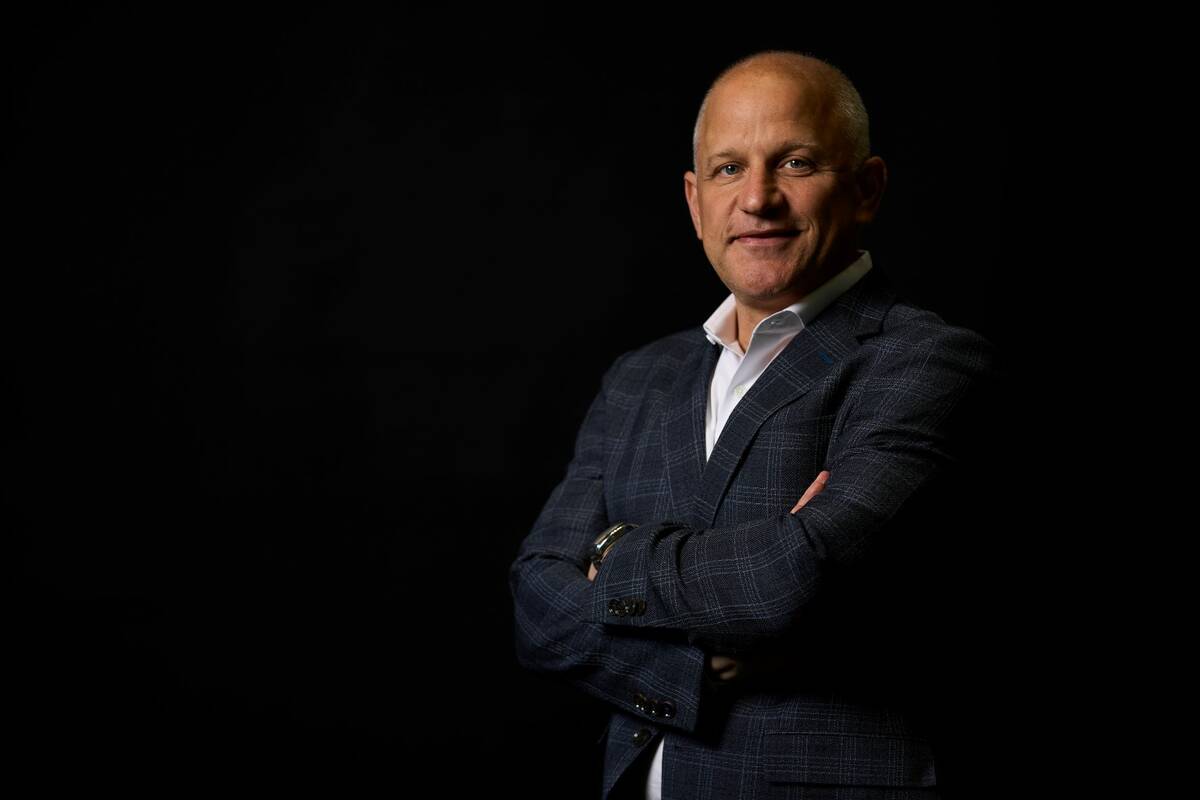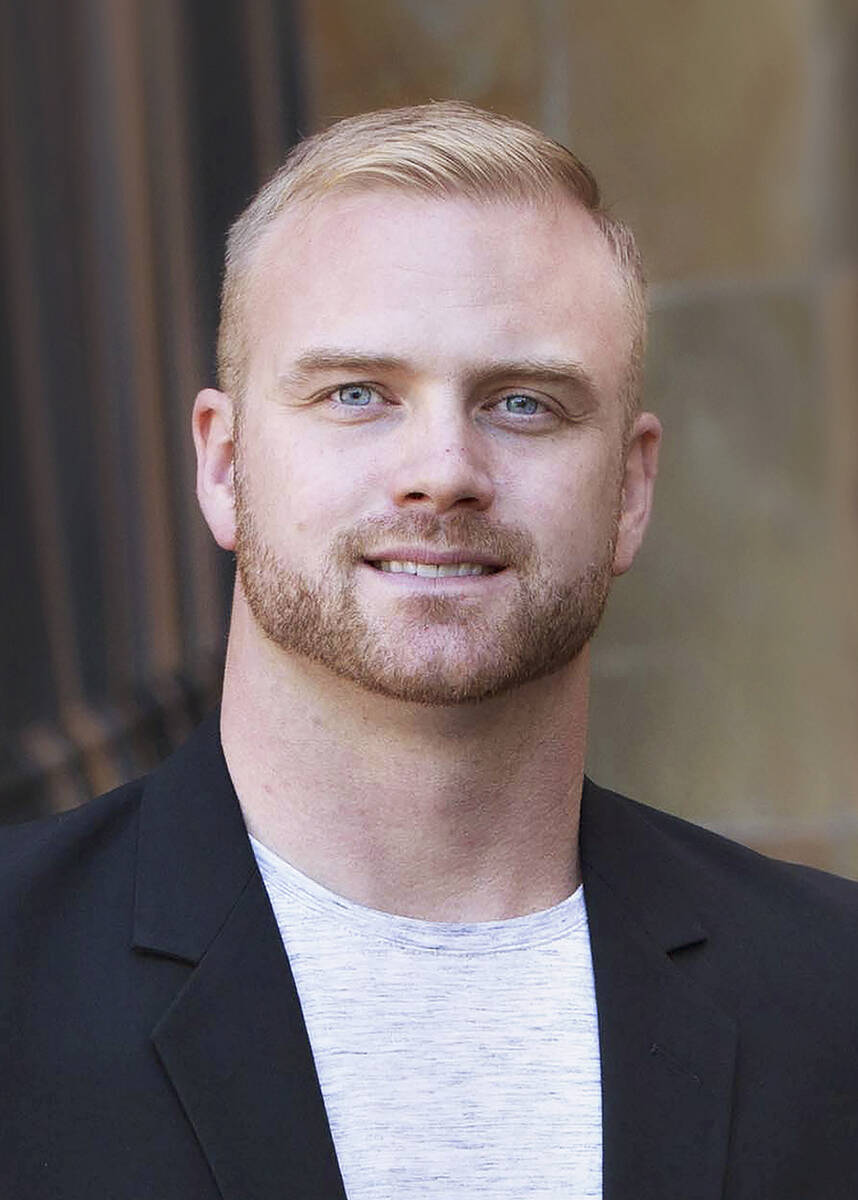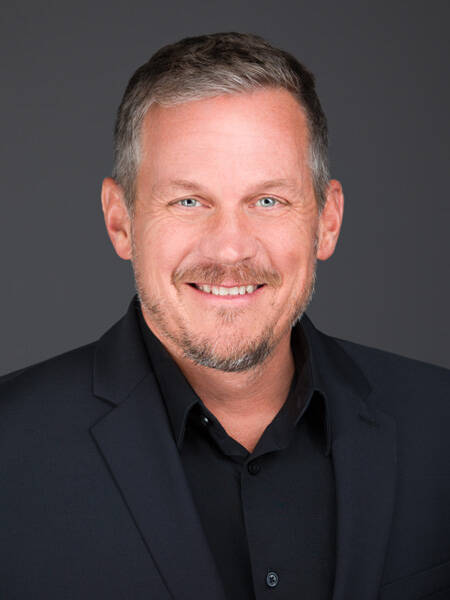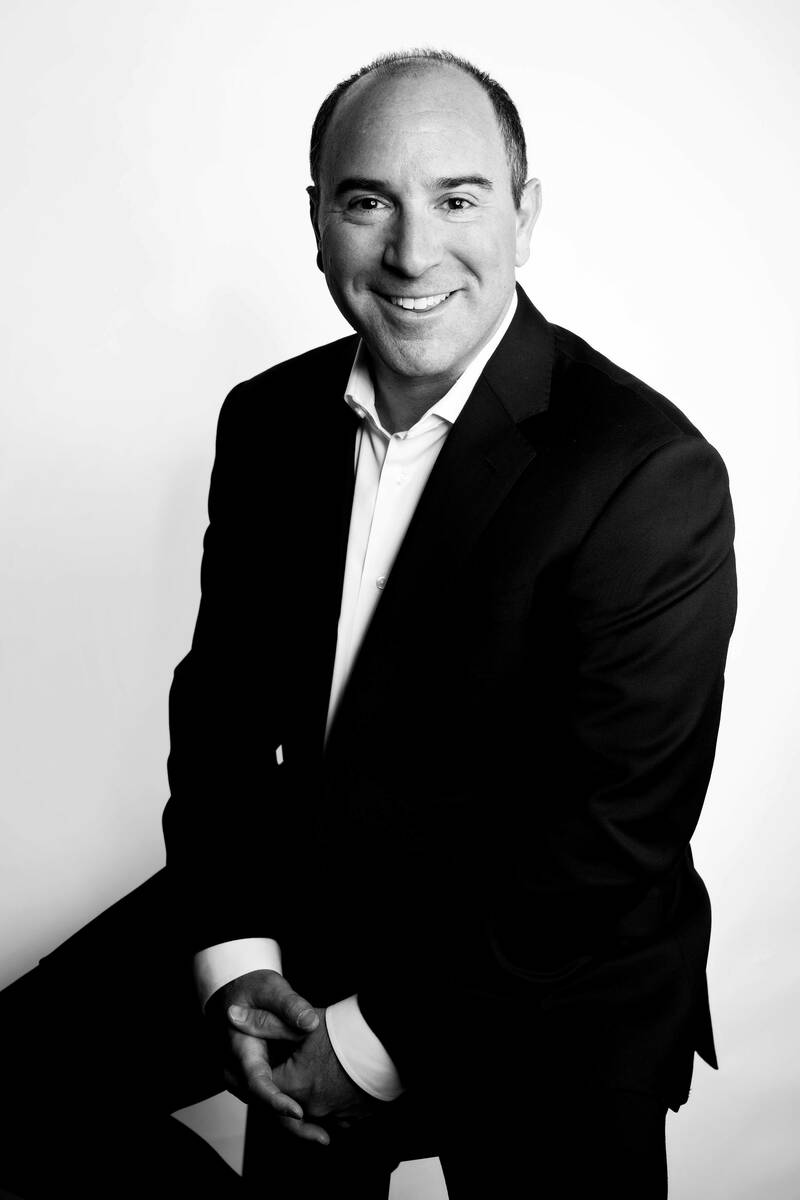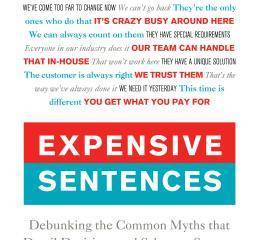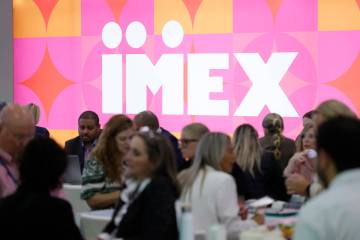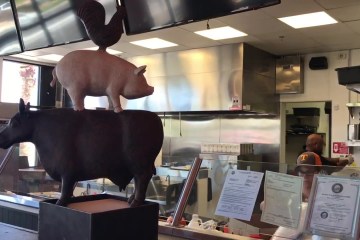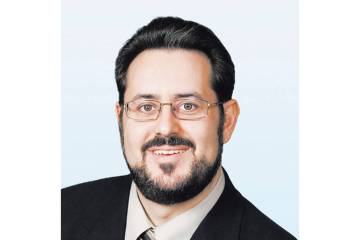The addition of stadiums and sports teams has been a game changer in Las Vegas and look no further than T-Mobile Arena and the Golden Knights and Allegiant Stadium and the Raiders.
Both have put the spotlight on the city that has now branded itself not just as the Entertainment Capital of the World but the Sports and Entertainment Capital of the World.
Sports has fueled tourism coming out of the pandemic as evident by more than 60 percent of fans to Raiders games coming from out of state. Formula One was brought to the city to fill the second slowest week of the year and to shine a global marketing spotlight on Las Vegas and bring tourists to the city beyond race week.
The National Basketball Association is looking at expansion with Seattle and Las Vegas at the top of the list. It’s just a matter of when that will happen with potential suitors lining up to spend billions to bring another sports franchise to the city.
That will require the construction of an arena geared specifically for an NBA team to provide the amenities sought in modern facilities and with the ability to generate revenue necessitated given the cost of acquiring an NBA franchise.
Major League Baseball is only three years away from adding to the sports franchises in Las Vegas with ground work underway for the $1.75 billion, 33,000-capacity stadium on the former Tropicana Las Vegas site on the Strip. The A’s relocated this year from Oakland to Sacramento and are scheduled to come to Las Vegas in 2028.
Groundbreaking ceremonies for the A’s stadium are expected to be held in June following the end of the Nevada legislative session to give dignitaries a chance to attend since the project has been infused with state funding.
Sports and stadiums took the spotlight at last week’s meeting of the Southern Nevada chapter of NAIOP, the development organization.
The breakfast program at The Orleans entitled “Game Changers: Southern Nevada’s Sports Success and What’s Next in the Playbook” featured A’s President and former Raiders executive Marc Badain who helped oversee the construction of Allegiant for the NFL team.
“Everyone has seen what sports has done for this community, not just financially and economically, but in terms of raising the profile of the city,” Badain said. “Las Vegas is now one of 30 cities with an NFL team. That’s a big deal, and there’s a lot of free exposure that you get. Every time there’s a game in Las Vegas they do the iconic shot down Las Vegas Boulevard. You’re getting during the worst NFL game 15 million people watching it. You’re getting a free commercial every time they show it. Nobody is putting a dollar figure on that. There’s a value there.”
The meeting also featured CAA Icon Vice President Todd Bishop, whose firm was hired by the MLB team to be the owner’s representative on development of the stadium,
Providing updates on a new basketball arena was Nick Tomasino, chief construction officer for LVXP. It has been approved by Clark County to build a 2,600-room hotel and condo and casino project and an 18,000 seat-arena between the Fontainebleau and Sahara resorts.
The program was moderated by Nate Jacobs, vice president of the McCarthy Cos.
The A’s are scheduled to get their permit in June to begin foundation work before construction goes vertical.
“We’re on time and on schedule, and we will open in time for the 2028 season,” Badain said. “The project team is ready to go. We have finance and entitlements, and everything is moving along pretty well.”
Badain said the A’s will open an experience center in the Uncommons that will show all the elements of the ballpark. “It will be a great place to visit even if you’re just curious about the project,” Badian said. “It will be a fun interactive zone experience center that will open in September and October.”
Stadium design was a big discussion.
Bishop said the trend in sports projects is to go smaller buildings with a higher concentration of premium space.
Operators can’t come to Las Vegas and build a normal building and Badain cited The Sphere as an example of creating something iconic. He said the architectural team came up with a “phenomenal building,” a domed stadium whose roof design resembles baseball pennants.
“When you drive up and down the Strip, the prominence of what this building will be, and the reason they spent so much time and energy designing something iconic is because it needs to be that way to be part of the Vegas Strip and Vegas landscape. It’s the smallest building in baseball and done for a reason. Some of the lessons we learned at Allegiant is that this is an incredible market for premium product. Sometimes, the older facilities built in the 1990s and 2000s went larger to get the largest crowd in there without realizing the experience was going to change for the folks that were coming to games. You are starting to see it with venues getting smaller, and it helps with the expense as well. You get a better experience for everybody in the building than some of the seats in some of the older facilities.”
Tomasino said the NBA experience is not different when it comes to focusing on premium seating and amenities. Expansion franchises are expected to cost $6 billion, he said.
“Think of the capital outflows and revenues needed to offset the $6 billion price tag without any other asset other than a piece of paper of the franchise,” Tomasino said. “With Las Vegas being a unique opportunity, premium amenities for an arena are an absolute must. T-Mobile was built in a different era, and there are various other arenas that have come online that have taken that premium amenity and raised the bar. That’s what we intend to do as well.”
With an arena specific to basketball intended to be premium, that means there will be fewer opportunities on what else to utilize the space for, Tomasino said. He said they expect to pull events from T-Mobile and expect 121 a year.
“You don’t have a rodeo to come through a place that has a lot of high-end finishes, and that’s the direction things go with the arena,” Tomasino said. “However, concerts will no doubt be a primary focus and having the venue equipped from a technology standpoint for connectivity and future proof. There’s a lot of lessons from the Sphere on how to embrace various technologies not only for today but for tomorrow.”
There won’t be any competition with the Sphere, which Tomasino called “a one of a kind here in Las Vegas.” An owner coming in and spending $6 billion for a franchise may want to do something “above and beyond” what a traditional NBA owner would spend on an arena, he added.
Badain joked with Tomasino that if their arena doesn’t want the National Finals Rodeo that’s been held at Thomas & Mack to send it to the new A’s stadium. The facilities are nowadays 365-days-a-year operations.
“There are a whole bunch of critics out there that are paid experts that come in and dump all over public and private partnerships, but I would say for the most part they’re wrong,” Badain said.
Tomasino said the A’s will be a “tremendous boon “ for Las Vegas and pointed to the minor league baseball Aviators in Summerlin that shows the interest in baseball.
“Baseball is just growing nationally and internationally,” Tomasino said.
As for the NBA coming to Las Vegas, it seems like a no-brainer and cited how the Golden Knights helped the NHL branding and made it sexy again, Tomasino said.
“The NBA doesn’t need that, but it can always use added value to the brand,” Tomasino said. “With the current 30 NBA team owners, they’re always trying to figure out a way to unlock value. We, along with others are very optimistic Las Vegas can easily support an NBA team along with the trend taking place with Vegas being the destination that everybody marks on their calendar to watch their team play in Vegas. We hate going to the game and hate having 60 percent, 50 percent or 40 percent of the crowd being the opposing fans, and no doubt whether the A’s, Raiders or whatever the future NBA team is, it will always be that challenge. Las Vegas can support an NBA team and, hopefully, over the summer it goes to a vote (from the NBA owners), and when we have that reconciliation we progress with an NBA team here in Las Vegas.”
The panel suggested there’s no risk of market saturation when owners are willing to pony up the money to have a sports franchise in Las Vegas.
Tomasino said with the involvement of private equity in the NBA, ownership is more than just owning a team. An arena-centric casino-hotel opens the avenue to allow the development to cater to future growth and capture the foot traffic that is pulled in large events.
“There will be a continued future trend, nationally, and here in Las Vegas, as using an arena as an anchor to multiuse developments,” Tomasino said. “With the A’s, it’s hand-in-glove with the rest of the adjacent development (that includes a casino). It’s a no brainer.”
The A’s ballpark is 9 acres so it leaves another 25 acres of development, Badain said. It will be the anchor tenant for a mixed-use resort with a casino and retail, he added.
“You are correct in that these buildings have become the anchors for large-scale (projects),” Badain said. “One of the more successful is the Battery in Atlanta in Cobb County where they saw the population growing and moved the ballpark there. That’s been a huge success for the folks involved in that.”
At Allegiant, there weren’t many opportunities for mixed-use development because across the freeway is the Strip and integrated resorts, Badain said.
“Where the Athletics facility is located there’s a much better opportunity for that,” Badain said. “You’re on one of the most iconic and busiest corners in the world surrounded by great properties. The opportunity for us and our partner Bally’s is stratospheric in what we can do here. This opportunity is going to be pretty spectacular. You see it with T-Mobile and their plaza.”
The accessibility of the A’s stadium for people to walk from 55,000 hotel rooms on the Strip enhances it even more, Badain said. And since baseball is a summer sport for families, Badain said it fills a nice gap in the Las Vegas schedule.
“Am I worried about the 81 home games? Yes. We have to sell 2½ million tickets, but this is a very strong market. In Vegas you have an incredibly strong local market, a market that likes baseball and a lot of affluence in this market. You also have the resort corridor and tourists and probably the most robust secondary broker market in the world. Of course, I’ll be worried about the 81 games, but I’m pretty confident in what this market could deliver and the product we will put out there, the facility we’re going to build and the experience we will provide to our customers for the 81 games and other events we bring into the building.”
Bishop said secondary uses affect design of facilities and talked about how they bring in entertainment companies like Live Nation to make sure they are optimizing for concerts. They think about alternative events other than baseball.
Badain said besides the 81 games in the regular season they expect about 15 other events. There will be a tour program and there will be private events and possibly conventions to be held there.
“It’s not that we’re a convention center, but we provide a different experience if people want to bring their clients here,” Badain said. “We saw that at Allegiant with a number of private events.”

